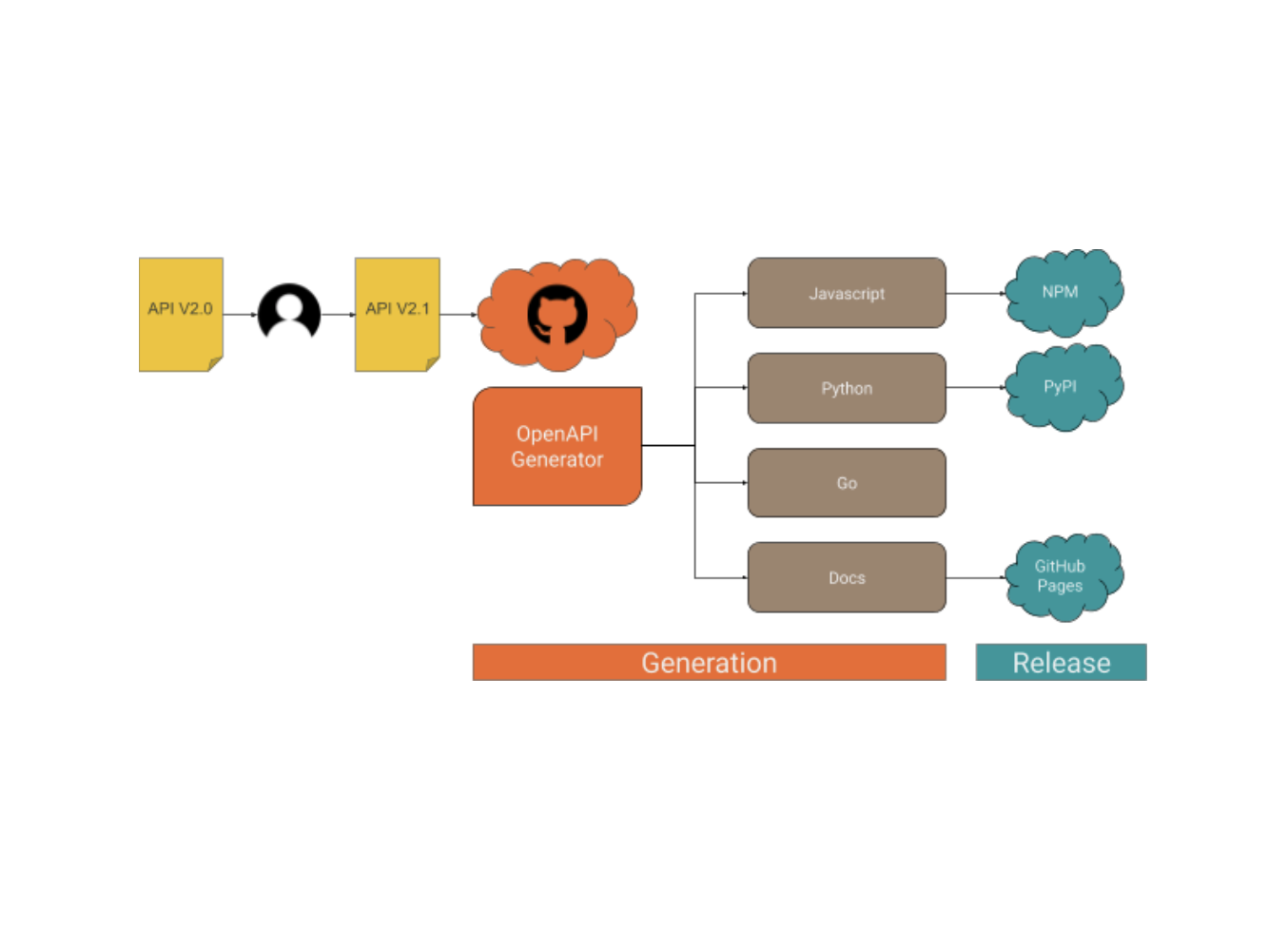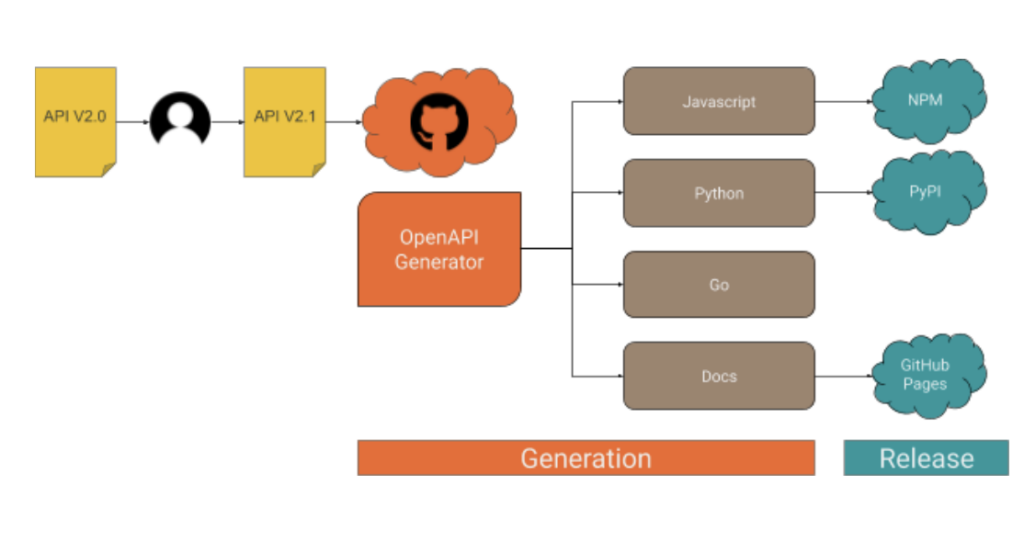
How to deal with API clients, the lazy way — from code generation to release management
 As you can see, what takes place after an engineer launches an upgraded variation of the API basically comes down to the following macro actions:
As you can see, what takes place after an engineer launches an upgraded variation of the API basically comes down to the following macro actions:
1. Fresh code is produced for each supported customer.2. A brand-new variation of the customer is launched to the general public.
.The generation procedure Part 1: API meaning. Every endpoint supplied by the IoT Cloud API is noted within a Yaml file in OpenAPI v3 format, something like this (the complete API specification is here ):
/ v2/things/ id/ sketch: erase: operationId: things_v2 #deleteSketch specifications: – description: The id of the important things in: course name: id needed: real schema: type: string reactions: ” 200″: material: application/json: schema: $ ref: ‘#/ components/schemas/ArduinoThing’ description: OK ” 401″: description: Unauthorized ” 404″: description: Not Found. The format is created to be human-readable, which is excellent due to the fact that we begin with a variation instantly produced by our backend software application that we by hand tweak to improve arise from the generation procedure. At this phase, you may require some aid from the language specialists in your group in order to carry out some experimentation and figure out how great the created code is. When you’’ ve discovered a setup that works, running the generator doesn’’ t need any particular ability, the reason we had the ability to automate it.